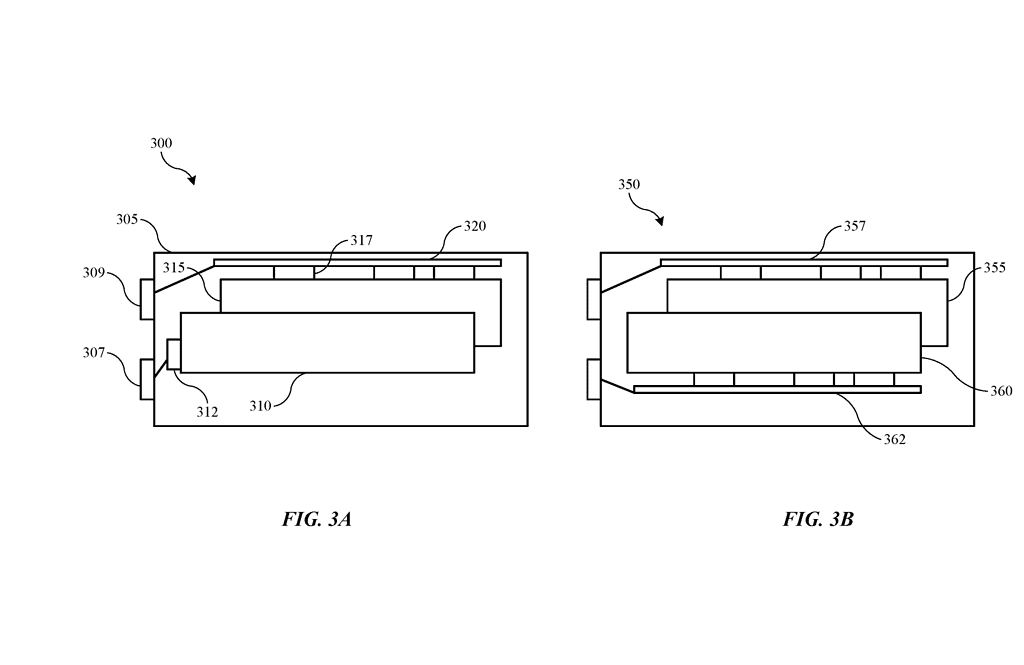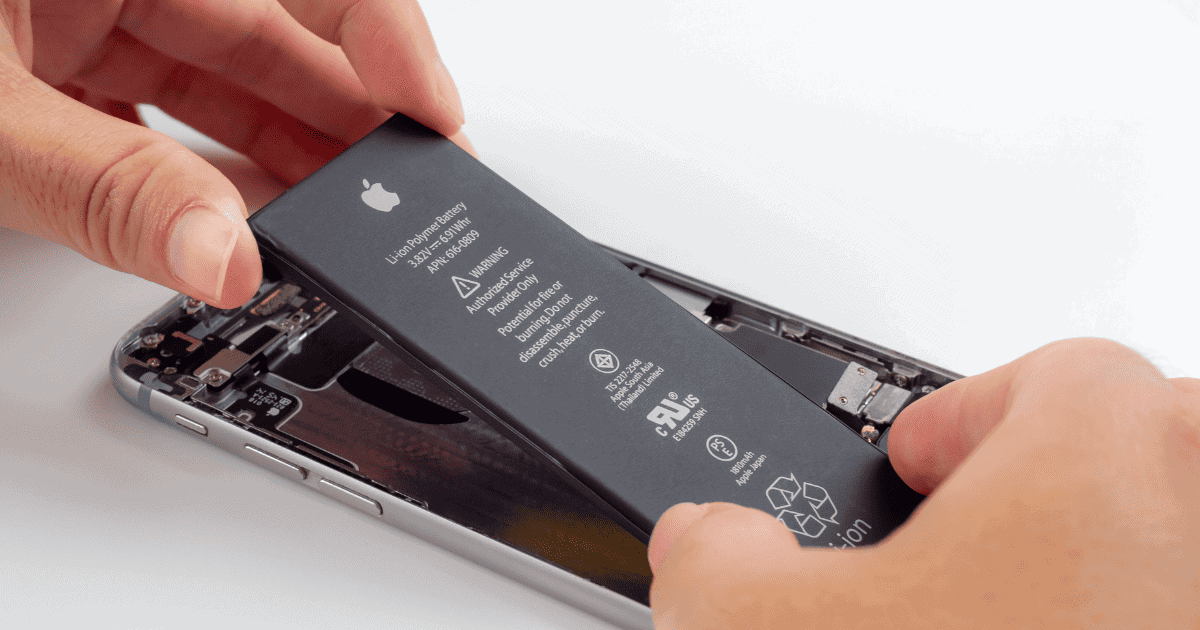Battery life is one of the most critical aspects of any iPhone, as Apple’s recent iPhone 15 marketing has shown. So, it’s no surprise that the company could look into new ways to increase an iPhone’s battery efficiency. One of those methods was recently uncovered in a patent that went public on March 26, showcasing how tweaks to the iPhone’s battery connectors and the physical cell could result in a larger battery without increasing the size.
The patent for “battery cells with tabs at right angle,” which was filed in September 2021, and just went public this week, is pretty dense in explaining current battery technologies. Apple, however, acknowledges that devices with batteries are changing in size, but the need for bigger batteries is also important. “The available space for battery cells and associated system materials may challenge battery operation,” remarks the company in the background for the patent.
As a workaround for this issue, Apple has patented and poured its research into the way batteries could connect and fit into an iPhone. Amongst solutions, Apple looks into a separator in the battery, a separator with a fold, and coupling battery components together. Apple says in the patent that some of this technology can “provide numerous benefits over conventional technology.” Apple goes as far as to include diagrams of said batteries, as seen below.

The most interesting solution, however, appears to be with the tab locations on the battery. Or, as Apple says, “the technology may overcome these challenges by adjusting the tab locations on one of the current collector or current collector sets.” This means future iPhone batteries could not only be larger but have a connector and tabs at a different angle to help address space issues. The company goes into more detail.
“While one set of connectors may include tabs extending from a surface in a first direction, the other set of collectors may include tabs extending from a surface substantially perpendicular to the first direction. This may not only address issues with space constraints but may also provide improvements in resistance across the cell, which can improve the efficiency of the battery.”
Just because Apple has patented something, it doesn’t necessarily mean that the technology will come to life. Apple, though, was believed to be working on its custom batteries for launch in 2025, so this patent might or might not be related, but it does give hope that future iPhones could have even better battery life, and perhaps the next iPhone 16 Pro could have the best-ever battery life.
